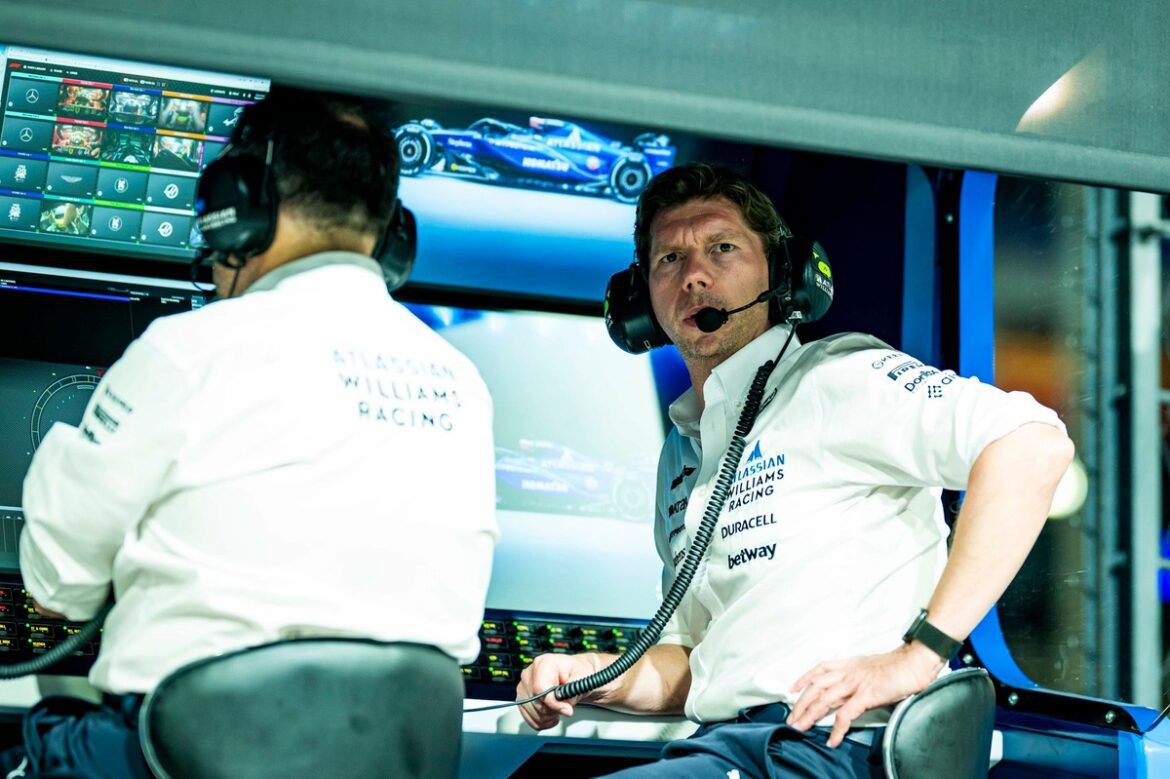Williams F1 Team’s Disqualification Incident at the Singapore Grand Prix
The recent events surrounding the Williams Formula 1 team have sparked significant discussions in the motorsport community. After the conclusion of the qualifying session for the Singapore Grand Prix, both Alex Albon and Carlos Sainz faced disqualification, leading to an urgent response from the team’s principal, James Vowles. This incident has brought attention to the importance of compliance with technical regulations within the highly competitive realm of Formula 1 racing.
The Incident: Disqualification Explained
During the qualifying rounds at the Marina Bay Street Circuit, Albon and Sainz initially secured positions 12th and 13th on the starting grid. However, following the qualifying session, the FIA (Fédération Internationale de l’Automobile) conducted post-qualifying scrutineering and discovered that the rear wings of both cars did not meet the established technical regulations. Specifically, the adjustable positions of the uppermost rear wing element were found to exceed the maximum allowable limit of 85mm on both sides of the outer area of the rear wing.
The FIA’s findings were clear: "During post-qualifying scrutineering, the rear wing of the car was found to be noncompliant with the Technical Regulations." This announcement highlighted the critical nature of adhering to the strict standards set forth by the governing body of motorsport.
James Vowles’ Response
In light of the disqualification, James Vowles, the team principal of Williams, addressed the situation directly through a statement. He expressed disappointment over the outcome and acknowledged the team’s commitment to investigating the circumstances that led to the noncompliance. Vowles stated, "During FIA scrutineering after Qualifying, the rear wings on both our cars failed DRS slot gap checks." His words underscored the seriousness of the situation and the team’s dedication to understanding how such an oversight could occur.
Vowles further elaborated on the team’s perspective: "At no point were we seeking a performance advantage, and the rear wings had passed our own checks earlier in the day." This statement reveals the complexity of the scenario; despite the team’s prior assessments indicating compliance, the FIA’s measurements ultimately took precedence.
Implications for the Team and Drivers
The immediate consequence of this disqualification is that both Albon and Sainz will start the Singapore Grand Prix from the back of the grid. This setback poses a considerable challenge for the drivers, as starting from such a disadvantageous position significantly complicates their chances of scoring points in the race. The team had previously believed that their car had the capability to perform well during the weekend, and this incident has undoubtedly shifted their focus from competing for points to strategizing how to recover from the back of the grid.
The Technical Regulations and DRS
To understand the implications of this incident, it’s essential to delve deeper into the technical regulations governing Formula 1, particularly concerning the Drag Reduction System (DRS). The DRS is a crucial component that allows drivers to reduce aerodynamic drag and gain speed on straights, thereby enhancing overtaking opportunities. However, the use of DRS is tightly regulated, with specific guidelines surrounding its deployment and the design of the rear wing.
The rear wing’s adjustable elements must conform to strict measurements to ensure fair competition and safety. Any deviation from these specifications not only results in disqualification but also raises questions about the integrity of the team’s compliance with the rules. The FIA’s commitment to enforcing these regulations is vital in maintaining a level playing field in the sport.
The Road Ahead for Williams
Following the disqualification, Williams must regroup and focus on the upcoming challenges. The team has expressed its determination to conduct a thorough investigation into the processes that led to this incident. Vowles remarked, "We will immediately review our processes to make sure this doesn’t happen again." This statement reflects a proactive approach, indicating that the team is committed to preventing similar occurrences in the future.
As they prepare for the race, Williams will need to devise a strategy that maximizes their chances of recovery from the back of the grid. This could involve alternative race strategies, tire management, and effective communication between the drivers and the pit crew. The team’s ability to adapt and respond to the challenges posed by their starting positions will be critical in determining their performance in the race.
Conclusion: A Lesson in Compliance
The disqualification of Alex Albon and Carlos Sainz from the Singapore Grand Prix qualifying session serves as a stark reminder of the importance of adherence to technical regulations in Formula 1. The incident underscores the need for teams to maintain rigorous compliance checks and processes to avoid costly mistakes.
As the motorsport community reflects on this event, it will be interesting to see how Williams navigates the aftermath and what measures they implement to enhance their operational protocols. The resilience of the team and their focus on improvement will be essential as they continue their journey in the competitive world of Formula 1 racing.
